Controls & User Experience
The G5 is very easy to use and operate. First, you need to select your preferred mode using the switch on the back and connect your preferred media source. My recommendation for Android is the UAPP app, which has bit-perfect support. You can connect your Qobuz and Tidal accounts to this app. You can also play bit-perfect files from the device’s memory. The G5 is Plug&Play compatible with Android and iOS devices. It doesn’t need a driver on a Mac either. On Windows, drivers need to be installed for DSD512 or 32-768 support, or ASIO direct.
To use the unit as a BT DAC, simply set it to BT mode and connect your phone to the G5. If your phone supports LDAC, it will be selected automatically. In some rare cases, LDAC may not appear on this type of BT DAC, in which case you can manually set LDAC 24-96 from the Android Developer Options menu. When the G5 is in BT mode, it will automatically enter pairing mode. You should be able to connect in 5-6 seconds. You can also use the HPA mode by connecting your source device with a 3.5 mm output directly to the G5 using a 3.5 mm AUX cable. If for some reason it doesn’t switch to pairing in BT mode, you can also give this sequence a try: Gain L→ M→L→L→M→M→L→M
I mentioned that there are 2 status LEDs on the unit, one is a power indicator and the other is a status indicator. If the power LED is green, it means the unit has enough battery power. If it is yellow, it is charging and if it is red, it means that the charge level is critical. As for the status indicator, if it is flashing blue, it means the input is not connected. If it is solid blue, it means the input is connected. It will also be blue in PCM mode and red in DSD mode.
Let’s also talk about the product’s line in/out output. This output is used as Line In when AUX mode is active, but functions as LINE OUT in other modes. It has an output level of 2.1V and you CANNOT CONTROL VOLUME in this mode. I strongly advise you not to connect your headphones to the Line Out socket when the unit is in USB or BT mode.
Power-wise, the G5 is capable of delivering 1200mW of power into a 32-ohm load and that is a lot. It is certainly enough for anything you’ll use on the go, and it can push some of the full-size cans to their limits. I have used 660S, 58X, and Hifiman Edition XS with it and this guy right here has plenty of juice under its anodized hood. It can drive almost anything on the market. The 4000mAh battery inside provides 9h of wired playback and 20h of AUX HPA use. Going wireless gets us around 9-10h of music.
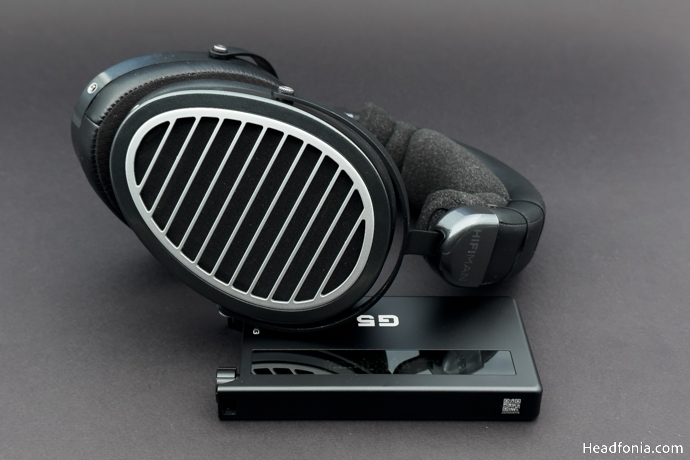
Topping G5 – Sound
The Topping G5 sounds balanced throughout the spectrum with no saturation. It reflects the equipment you pair it with transparently. It carries lots of detail for a portable device of this price bracket. It has a great technical foundation and scales nicely with flagship IEMs, nearing its desktop counterpart, E50 & L50. It performs beautifully with both sensitive IEMs and full-size headphones. I used the G5 with Vision Ears VE7 and Hifiman Edition XS for a prolonged time and I’ll do the best of my ability to convey my experience to you.
G5 delivers a balanced and natural bass, it is not thick or thin. The texture and resolution are very good. It reaches deep and the impact is most certainly impressive. There is no roll off or elevation here. It reproduces clean and tight bass with the Edition XS whilst supplying enough power to push the XS to its limit. The performance with IEMs is just as impressive. With the VE7, the PRaT and agility of the bass are impressive, as well as the resolution.
The G5 has a very natural and articulate midrange performance. It reproduces mid-based instruments accurately, the instruments have a realistic amount of body and weight. The vocals are clean and clear with plenty of details. Both my daily drivers, the VE7 and Edition XS have linear midranges that excel and scale with good sources. Both of the gear sounds amazing with the G5, the sound is pretty close to what I would call an endgame portable, I honestly haven’t heard anything that comes near under the 500 mark. The G5’s upper midrange is expansive, airy, and energetic. The control is good, and it never sounds thin or sharp.
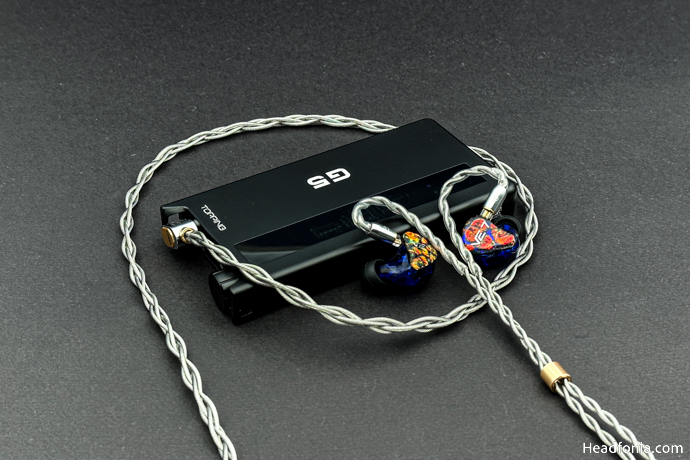
It reflects the characteristics of the gear you pair it with. The VE7 has a very clean upper midrange and G5 is not holding it back at all, despite being massively cheaper. I have heard lots of Topping gear and this is by far the most impressive one. Being able to get this performance on the go is downright impressive.
The G5 reproduces pristine highs and reaches the top octave without any shrill. The treble is delicate, extended, and airy. Hi-hats and crashes disperse realistically, the attack and decay are fast and G5 does an excellent job of dealing with congestion. The treble feels natural, not metallic or brittle, as we often hear from sub-500 DAPs. Overall, the resolution and the clarity of the highs are impressive and its tonality is accurate. These are pretty big praises for a device that comes with a budget-y price tag, especially compared to DAPs.
Technical Capability
I’ve already mentioned that G5 has an impressive resolution and clarity several times before, just to reiterate, its balanced signature and detailed presentation enable it to be resolving, airy, and clean across the spectrum. It feels expansive with a wide and airy stage, and it also has a satisfactorily deep stage. The instrument positioning feels accurate and the layout feels realistic. The G5’s PRaT is quite good and it handles congestion well. There is a good amount of air between the instruments and the presentation sounds effortless. Well-mastered tracks sound particularly amazing with the G5, such as Michael Jackson’s Thriller album. Note that there is no hissing with sensitive IEMs and the background is black. The G5’s linear and colorless signature does not feel dull, in fact, it feels dynamic and exciting with many IEMs in my inventory. The G5’s technical prowess did certainly impress me as I was not expecting this level of technicality from a sub-300 device.
Wireless Performance
The G5’s wireless performance is among the best I’ve heard from LDAC-enabled portable DAC & AMPs and certainly is impressive. If had to give out numbers, I’d say that you can get around 90 percent of the wired performance, and that, in my book, is quite impressive. Before testing, I set the LDAC mode to sound priority and feed it with 24-96 tracks via UAPP to hear the absolute best of wireless mode. With the VE7, it is almost on par with the wired mode. The resolution is great, the presentation is intact, and the signature is the same… Again, this is madly impressive for a portable device. I’ve been using LDAC outdoors for about 2 months now and I am still impressed with its wireless performance. Well done!
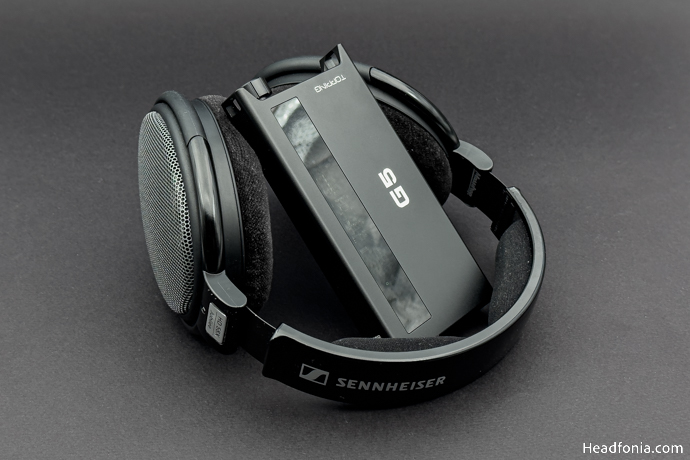
Comparisons
vs. xDuoo Poke II DAC – AMP ($390 USD)
xDuoo’s Poke II features Cirrus Logic CS43198 DACs in dual configuration. It comes with LDAC support and a rich palette of accessories. It can be used wirelessly or via USB-C. It offers around the same playback duration and shares the same battery specs as the G5.
Sound-wise, the G5 feels more balanced and the presentation feels more effortless compared to the Poke II. The G5 has superior resolution and clarity. Also manages to scale better, especially with equally good equipment. The Poke II does feel kind of thin in comparison, especially in midrange and midbass regions. The G5’s soundstage is larger, with more air between the instruments, and layering feels sharper, with better imaging. The Poke II is not the best when it comes to handling congestion, however, the G5 has no problem dealing with congestion and also with numerous genres. The G5 feels technically superior, despite being 90 bucks cheaper. I recommend the G5.
vs. FiiO M11 Plus ESS ($699 USD)
FiiO’s dual ES9068AS equipped DAP is one of the good ones on the market and comes with lots of features my colleague Haja covered here. It utilizes amp modules of THX and is capable of delivering 660mW of power into a 32-ohm load compared to 1.2w on the G5. I tested using M11 Plus ESS and G5 under *best* conditions for both of the devices. (UAPP with G5, BAL out for M11).
Sound-wise, both units sound clean and balanced, however, the G5 feels more linear and more transparent in comparison. It has a larger stage and feels airier across the stage. The G5 is also a better all-rounder with better handling of congestion-prone genres, such as Metal. It has a superior PRaT and it feels dynamic. The M11 Plus’ treble feels slightly thin and metallic at times, especially where there are a lot of instruments playing simultaneously. The difference between the devices is not day and night, however, I can easily perceive the differences using my time-tested VE7. Switching to Edition XS, the G5 feels slightly more authoritative, especially in the midrange region. The instruments have more realistic and thicker bodies compared to the M11. If you don’t need the extra features, the G5 is a fine and much cheaper alternative.
Last Words
I think Topping has done an incredibly good job with the G5, with the best price-performance ratio I’ve seen in a while. It is built well, it has LDAC and it sounds fantastic. It can drive ninety percent of the headphones that is available on the market and it provides a hiss-free experience for IEMs. It offers a decent battery life and is priced competitively. The G5 is Topping’s ticket to the portable market and I believe they have made a prestigious entry. I absolutely recommend trying it. You’re in for a treat.
To the recommended list it goes!
Pros
+Great sound quality
+Competitive pricing
+Great build quality
+Great LDAC performance
Cons
-Could be lighter / slimmer
Page 1: Topping, G5, Packaging & Accessories, Design & Build Quality, Technology
Page 2: Controls & User Experience, Sound, Technical Capability, Comparison, Last Words





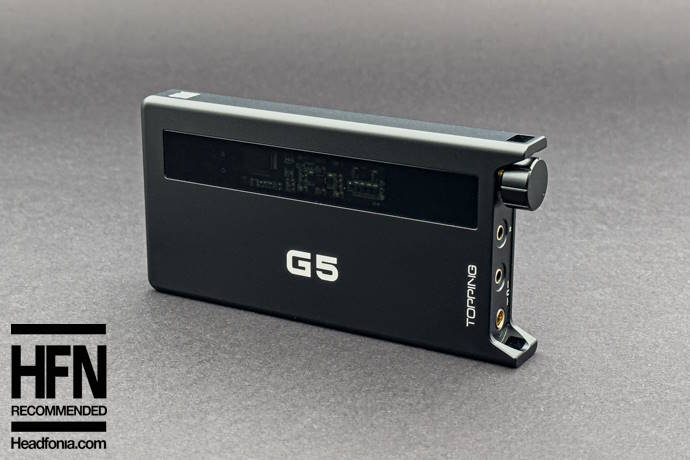

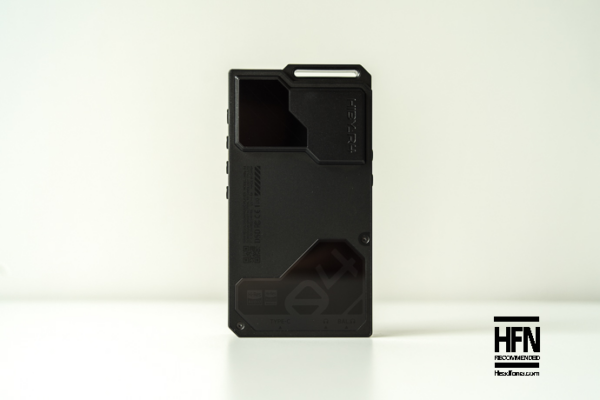
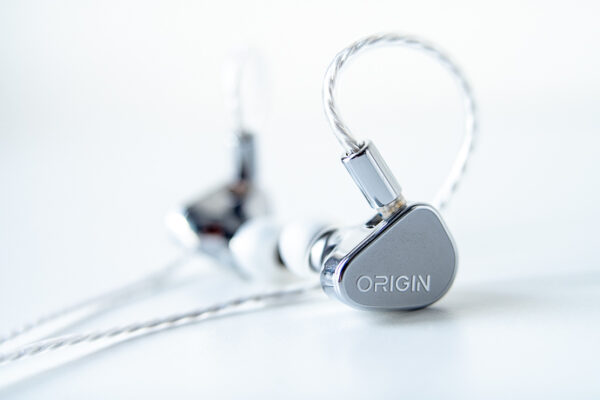
Alfeov
On which gain you think topping sound better? 🤔
Yagiz
Medium!
Kevin
Will the G5 power the ZMF Atrium and make it sing?
Yagiz
Sorry, I don’t have it.
Floris
A critical thing to mention is the G5 is very susceptible to EMI/RFI, I can hear my phone’s CPU spinning up or when I get a message 🙁
Yagiz
Hello!
I don’t have this problem with Poco F2 Pro & iPhone 14 Pro Max. I can stack them together with the rubber bands without any RFI. I’m sorry that you experience it.
yansha
Great review. Thank you!.
Looking for a desktop dac/amp with this quality or a bit better, and clear and neutral sound. Could you give me several options?.
Yagiz
Thank you Yansha!
Sure, you can take a look at the Topping E series, my go-to option is the E70V. You can get the E70 ESS version as well.
You can pair both with the Topping L70 and it’d perform slightly better than the G5 whilst offering a ton of power.
If you’d like to get a combo unit, I’d get the TOPPING DX7 Pro+ (2022).
If you are looking for a more budget option, DX5 Lite is a pretty good DAC/AMP for the price.
Happy Listening!
Michael Gunin
Thanks for reviewing! Speaking of IEMs, do you think G5 outperforms something more compact like BTR7/15?
Yagiz
Without a doubt. G5 is more detailed than both. It is also superior when it comes to the technical capability.